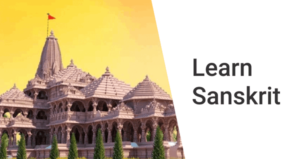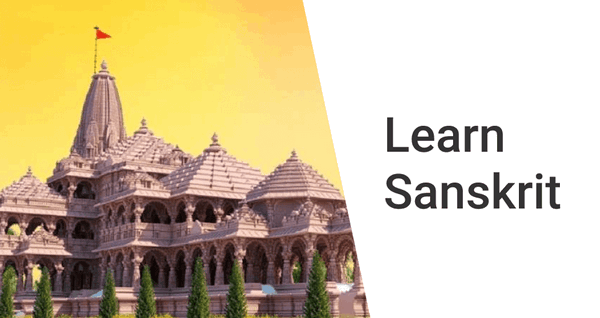Sanskrit heavily influenced many European languages. Some written records in this language date back to 3000 B.C. Indeed, the Vedas (Hinduism’s cornerstone scriptures) are written in Sanskrit. The Vedas are considered by some historians to be the first-ever written literature.
Sanskrit is also one of the most scientifically developed languages. Unlike in many other languages which are predominantly made of words (English has some 50,000 words), Sanskrit has 700 Dhatu (root verbs), 80 Upasargas (suffixes, prefixes), and 20 Pratyaya (declensions). Using these basic constructs as a foundation, Sanskrit can provide an infinite number of words, each of whose meaning is easily decipherable based on the root words and grammatical constructs.
Three months is a very small window to learn a new language. Let’s see how and how much can we progress!





